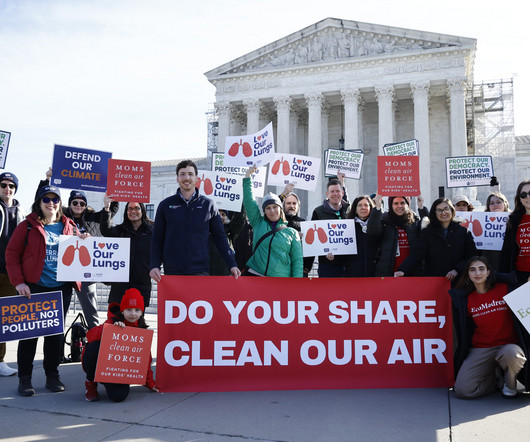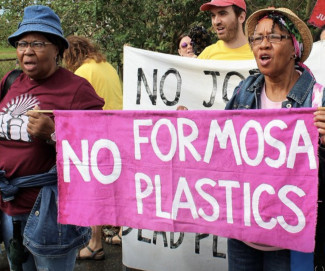Defending EPA’s Authority to Fight Climate Change – at the Supreme Court
Legal Planet
JANUARY 25, 2022
EPA in defense of EPA’s authority to effectively regulate greenhouse gas emissions under the Clean Air Act. Our client is Tom Jorling, a former Senate staffer and EPA official who was directly involved in drafting the Act in 1970. (We As our brief details, the answer to both questions is plainly yes.





















Let's personalize your content